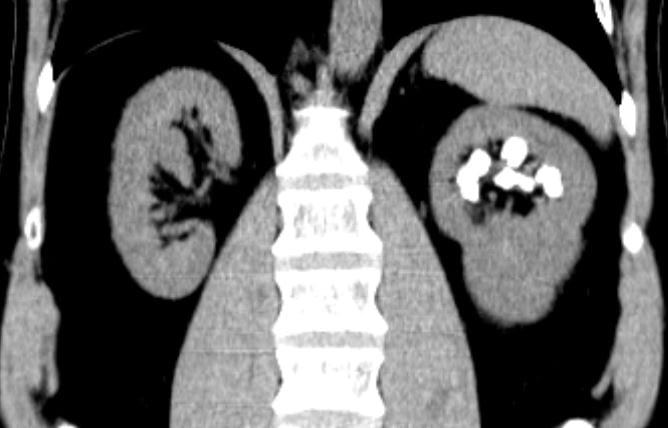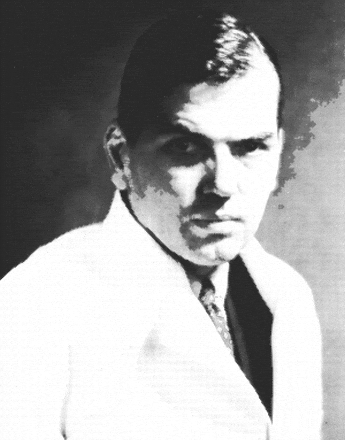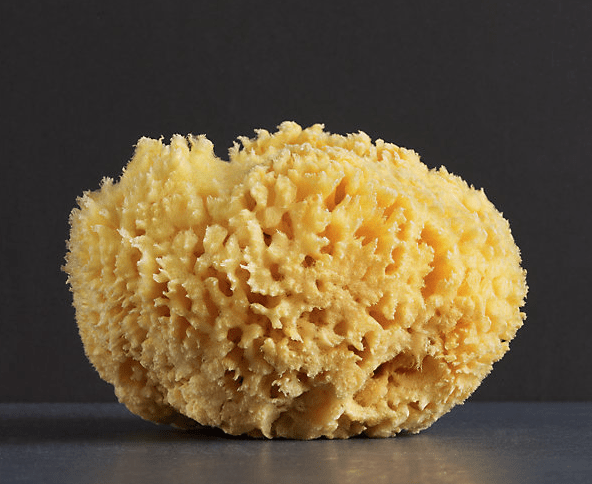


NEPHROCALCINOSIS
Not a few of you have heard this word and wondered what it meant for your health and management. Here is what it means. On the one hand, crystal deposits in kidney tissue. On the other, the name radiologists use when they see calcified regions overlying your kidneys, regions that are not clearly free stones but could be stones or tissue mineral. They really cannot tell with great precision. They never could. Modern high resolution ureteroscopy can tell, and surgeons everywhere have adopted this wonderful technology into common practice. You need to know this. Those of you who carry the diagnosis of nephrocalcinosis will all benefit from modern surgical visualization as opposed to indirect means of radiology.

The Diagnostic Dilemma of Medullary Sponge Kidney
Many people have multiple calcification in their kidneys and urinary tracts which show up on CT scans and are labelled ‘nephrocalcinosis’. When they look like multiple small calcifications massed together radiologists often label the disorder as MSK. Old fashioned x-rays with contrast agents were actually more discriminating for the diagnosis but have passed into disuse. Contrast CT can also help make the diagnosis but is rarely used to diagnose stones. Modern high resolution endoscopy has, fortunately, taken over as the main new way to manage stones and with such instruments surgeons can confidently diagnose MSK. Because new, the change in the way we diagnose MSK will inevitably change what people are told is the cause of their stones. MSK has special features which complicate treatment. A large majority of people presently labelled as having MSK probably do not have it but rather have one or another more common stone forming disease. The message is simple: We need to separate out who has what and provide exacting and reliable treatment using the most modern techniques.
